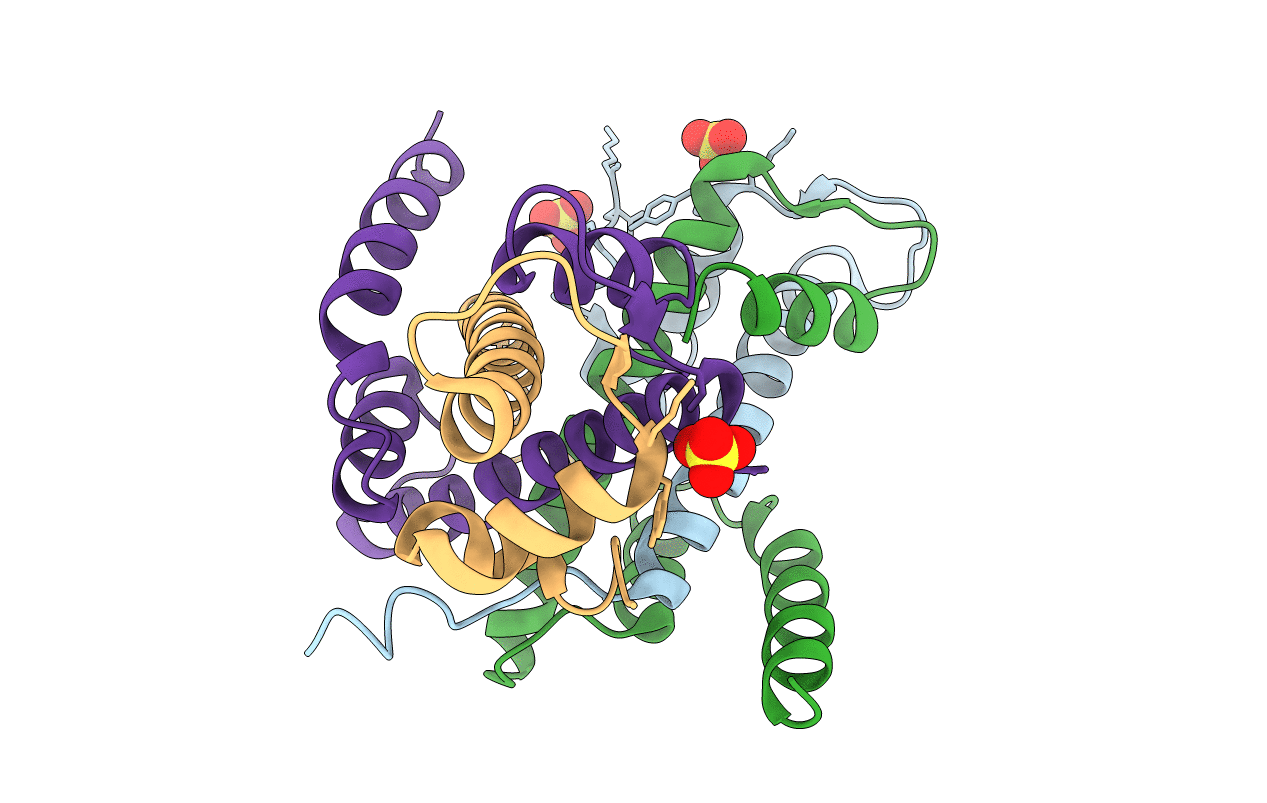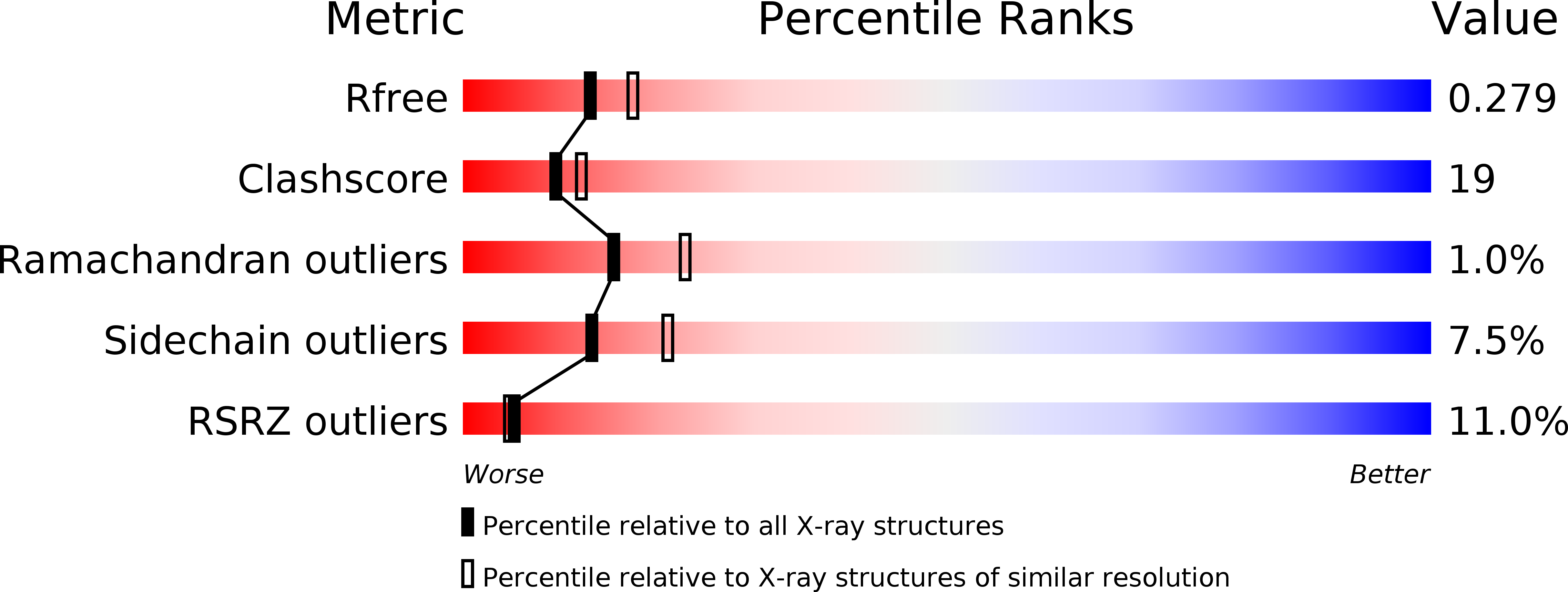
Deposition Date
2005-08-03
Release Date
2005-11-09
Last Version Date
2023-12-13
Entry Detail
PDB ID:
2BYK
Keywords:
Title:
Histone fold heterodimer of the Chromatin Accessibility Complex
Biological Source:
Source Organism:
DROSOPHILA MELANOGASTER (Taxon ID: 7227)
Host Organism:
Method Details:
Experimental Method:
Resolution:
2.40 Å
R-Value Free:
0.27
R-Value Work:
0.23
R-Value Observed:
0.23
Space Group:
P 32 2 1


